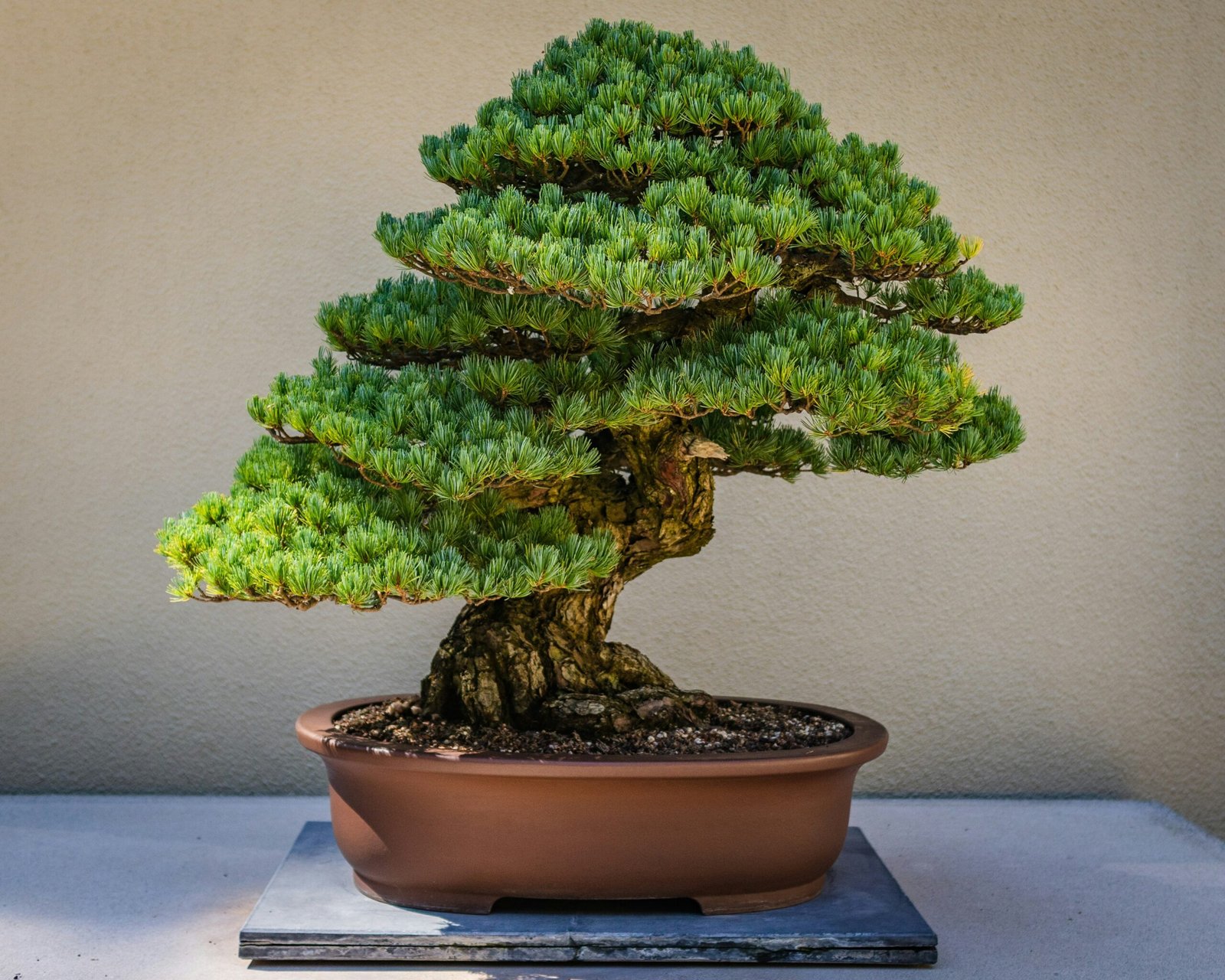Introduction:
In the frenetic turmoil of contemporary life, among the concrete jungles we occupy, it’s easy to ignore the silent, towering sentinels that silently define our existence—trees. Yet, beyond their visual appeal, trees are the unsung heroes of our planet, performing an essential role in maintaining life. From filtering the air we breathe to providing homes for innumerable species, the value of trees cannot be emphasized. In this talk, we look into the tremendous value and numerous benefits that trees bring to people and the environment.
The Ecological Impact of Trees:
Trees are the guardians of our ecosystems, having a great impact on the environment. Through the process of photosynthesis, they absorb carbon dioxide—a key contributor to climate change—while releasing oxygen, therefore functioning as natural air cleansers. Additionally, trees serve a significant role in controlling temperatures by providing shade and minimizing the urban heat island effect, so lessening the deleterious consequences of global warming.
Moreover, trees serve as vital homes for varied flora and wildlife, encouraging biodiversity and ecological resilience. From the dense canopy of tropical rainforests to the spreading woods of temperate climates, trees offer food, shelter, and nesting grounds for innumerable species, consequently maintaining sophisticated biological webs.
Economic Benefits of Trees:
Beyond their ecological relevance, trees contribute considerably to the economy via different paths. The forestry business, covering timber production, paper manufacture, and wood-based goods, represents a large portion of many economies worldwide. Furthermore, trees boost property values, with tree-lined avenues and green areas frequently fetching higher prices in real estate markets.
Moreover, trees provide enormous cost savings via ecosystem services such as soil erosion prevention, water purification, and flood reduction. By intercepting rainwater and stabilizing soil, trees help prevent erosion, saving agricultural land and infrastructure from deterioration and expensive repairs.
Health and Well-being:
The presence of trees has a substantial influence on human health and well-being, both physical and psychological. Access to green areas and urban forests has been related to increased mental health, lower stress levels, and higher cognitive performance. Moreover, trees serve a key function in moderating air pollution, hence lowering the prevalence of respiratory disorders and cardiovascular ailments.
Additionally, urban greenery encourages physical exercise and social cohesiveness, providing a feeling of community and belonging. Parks, arboretums, and green corridors provide opportunities for leisure, relaxation, and social contact, boosting the overall quality of life for people.
Climate Change Mitigation:
In the face of growing climate change, trees emerge as strong partners in our war against environmental degradation. As carbon sinks, trees store carbon dioxide from the atmosphere, effectively balancing greenhouse gas emissions and minimizing the consequences of climate change. Reforestation and afforestation projects show enormous promise in preventing deforestation and recovering damaged ecosystems, hence boosting carbon sequestration and ecosystem resilience.
Furthermore, agroforestry approaches, such as incorporating trees into agricultural landscapes, provide a sustainable alternative for climate-smart agriculture. By boosting soil fertility, saving water, and offering alternative revenue streams for farmers, agroforestry systems help to climate change adaptation and food security.
Cultural and Spiritual Significance:
Throughout human history, trees have carried great cultural and spiritual importance, signifying strength, wisdom, and perseverance across many nations and traditions. From the hallowed groves of ancient civilizations to the treasured trees of indigenous cultures, trees have been honored as manifestations of divine presence and protectors of inherited knowledge.
Moreover, trees appear heavily in folklore, mythology, and literature, acting as symbols for life, development, and change. The persistent symbolism of the Tree of Life, seen in numerous myths, shows humanity’s deep-seated respect for the interdependence of all living species and the cycles of renewal and regeneration.
Conclusion:
In conclusion, the value of trees surpasses basic aesthetics, covering ecological, economic, and socio-cultural elements. As we traverse the difficulties of the 21st century, it is vital that we understand and respect the invaluable contributions of trees to our world and our well-being. By cultivating stewardship and supporting sustainable management methods, we can guarantee that future generations inherit a planet rich in biodiversity, clean air, and vibrant green areas. Let us, then, stand as guardians of the green, fostering and safeguarding the great heritage of trees for years to come.




